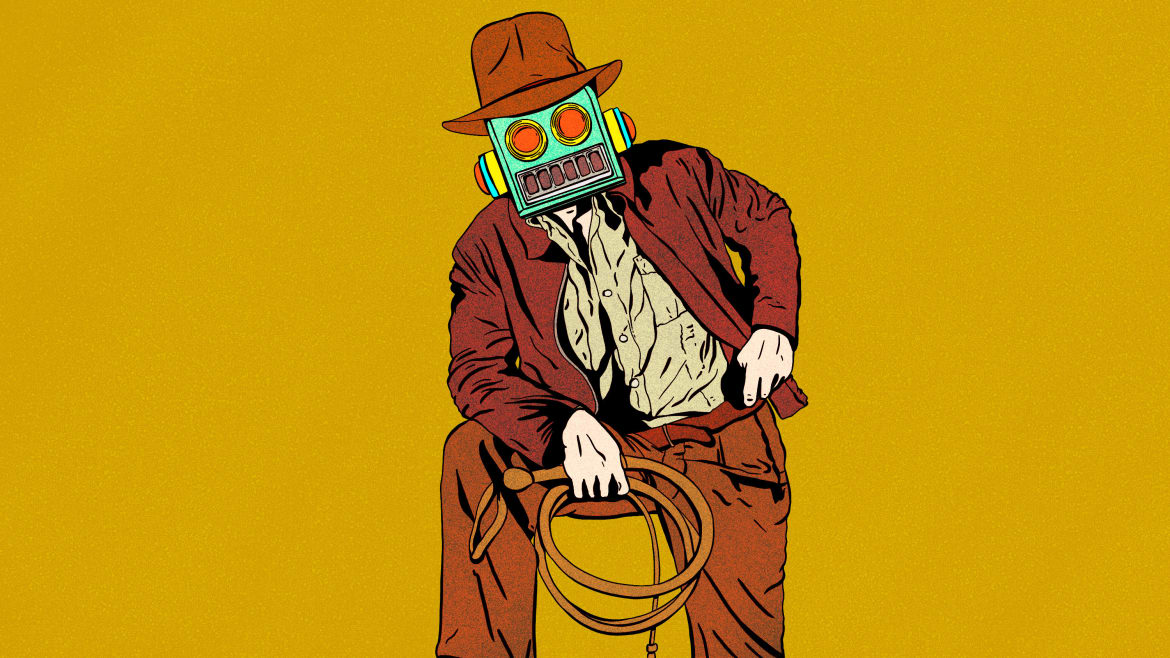Illustration by Elizabeth Brockway/The Daily Beast
This month, a trio of computer scientists won the Vesuvius Challenge, a competition to use artificial intelligence to reveal four passages of ancient Greek encased for 2,000 years inside a charred scroll. The artifact was found at Herculaneum, a Roman resort town destroyed by the eruption of Mount Vesuvius in 79 A.D..
This “kind of thing that happens every half century or so,” Richard Janko, a professor of classics at the University of Michigan and one of the judges for the competition, told The Daily Beast. Federica Nicolardi, a papyrologist at the University of Naples Federico II in Italy and a fellow judge, told The Daily Beast that the discovery “could be a huge revolution.”
The technology enables archeologists to potentially “see” inside ancient burnt, sodden, and sealed texts. This includes works of classical antiquity, to hidden writing wrapped up in Egyptian mummies, to books burned in World War II, to the many thousands of fragments of texts found in the Dead Sea that could shed new light on the early history of Christianity.

